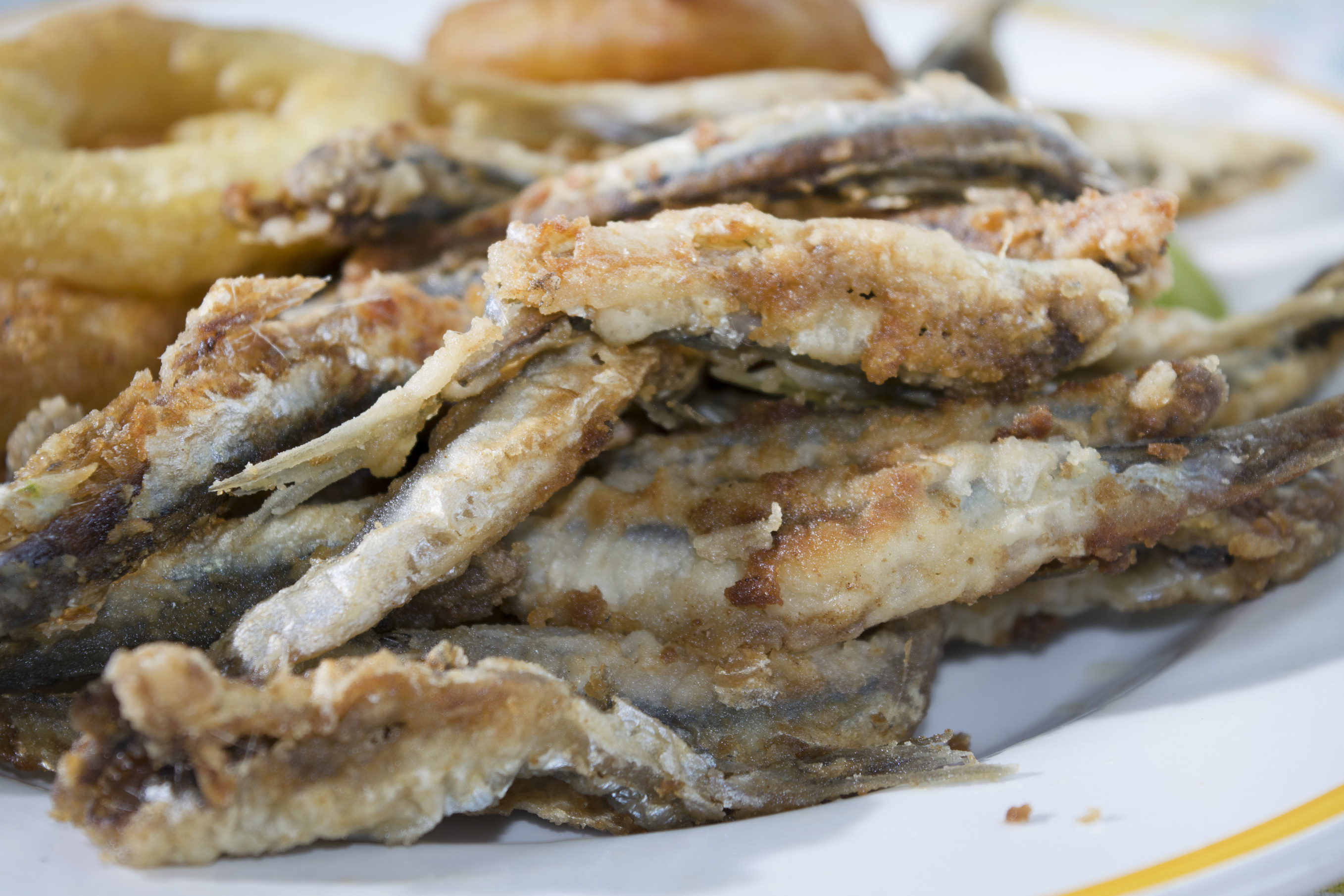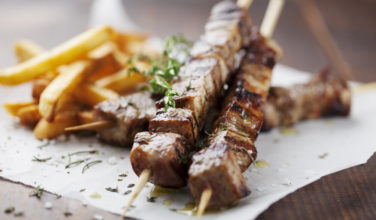Mezedes that Come from the Sea
Comments Off on Mezedes that Come from the Sea
 Since much of Greece is located closed to the sea, it makes sense that seafood is an important part of the cuisine. All of the seas that are close to Greece – the Ionian Sea, Mediterranean Sea, and the Aegean Sea – are warm, salty, and shallow, which makes them all perfect for fish to thrive. As a result, markets are brimming with fresh fish on a daily basis.
Since much of Greece is located closed to the sea, it makes sense that seafood is an important part of the cuisine. All of the seas that are close to Greece – the Ionian Sea, Mediterranean Sea, and the Aegean Sea – are warm, salty, and shallow, which makes them all perfect for fish to thrive. As a result, markets are brimming with fresh fish on a daily basis.
This means that it is inevitable that the seafood will make it’s way on the Greek table on a regular basis, not only as a main course, but as a mezethes, as well. Here is an overview of the most common ways that seafood is served as a meze, or Greek appetizer.
Type of Fish Used for Mezedes
When fishermen bring up their nets, there is often a variety of fishes that can be found. Bass, red mullet, grouper, sole, and flounder are all fairly common in Greek waters. The larger fish is usually what the fishermen were looking for in the first place. However, it is inevitable that smaller fish, also referred to as whitebait, would end up in the net. Since Greeks are particularly skilled at not letting anything go to waste, these small fishes are most common used as mezedes.
How Fish is Cooked for Mezedes
Since they are so tiny, the whole fish is edible – even it’s bones. They are most often breaded and fried and placed on the table as part of a large meal or as part of a meze spread. Typically, the fish is lightly dusted with flour that has been seasoned with sea salt and black pepper and fried in olive oil. More sea salt and a squeeze of lemon is typically sprinkled over the fish as they leave the frying pan. A dish of lemon wedges is usually served with the fried fish for those who like a stronger lemon flavor. This dish, referred to as marides in Greece, can actually be used with any type of small fish or other seafood, such as calamari or squid.
Other Types of Seafood Mezedes
There are other popular seafood dishes in Greece that are often served as mezedes. Larger seafood, such as whole fish or a medium-sized octopus, or often grilled and served on a platter, sprinkled with olive oil, lemon juice, and sea salt. Taramosalata is another dish that originated in the sea and that is usually served in a dish covered with onion slices and accompanied with slices of crusty bread for dipping. In some parts of Greece, the squid ink sack is served in some of the hidden tavernas. The sack is gently dusted with flour and fried in olive oil. There is some folk lore associated with this, as it is typically eaten by men who believe that the squid ink makes them strong.
Both seafood and mezedes are an integral part of Greek cuisine. The next time you visit a taverna, be sure to order one of these tasty dishes!
Do you want to try making your own seafood mezedes? Here are some recipes:
- Greek Fish Roe Dip – Taramosalata
- Greek Style Fried Anchovies
- Greek Style Smoked Trout
- Greek Style Boiled Shrimp
Categorized in: Greek Cooking
This post was written by Greek Boston
Share this Greek Cooking Article:





